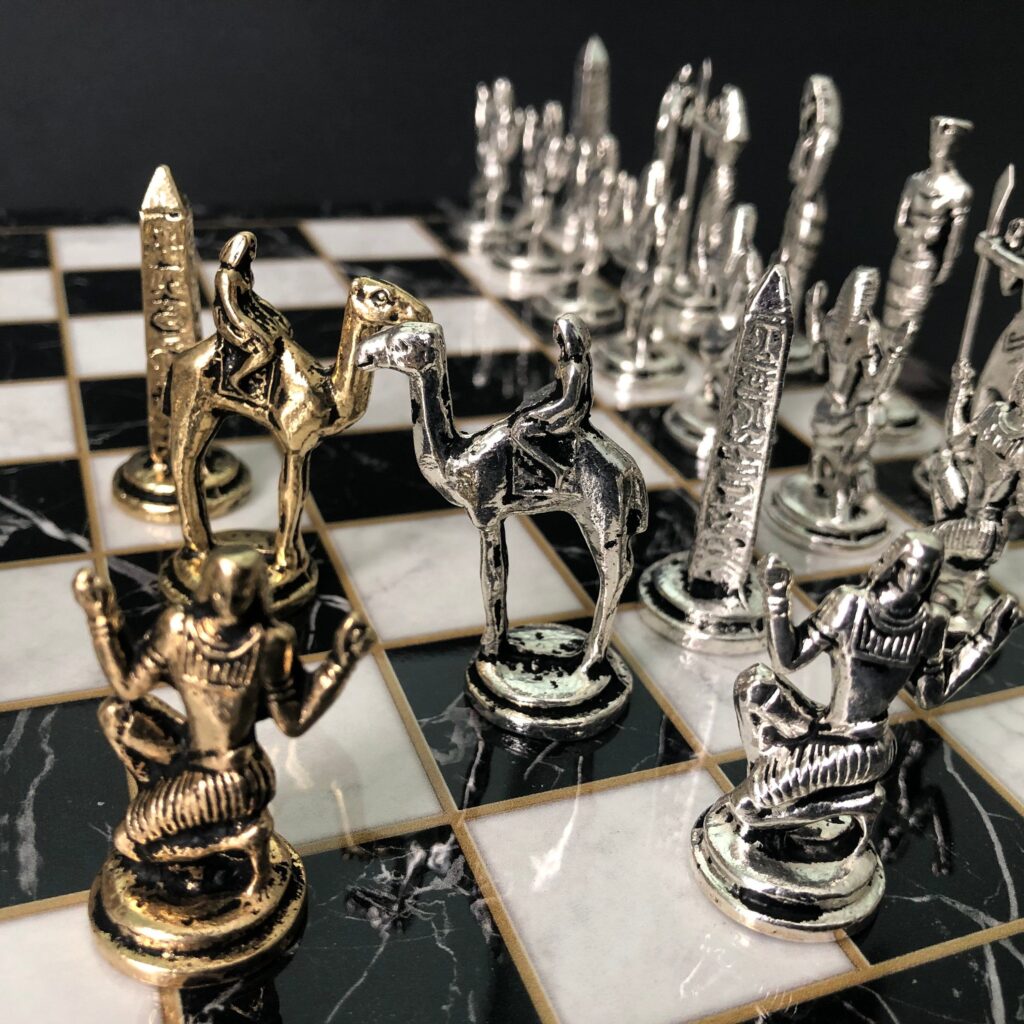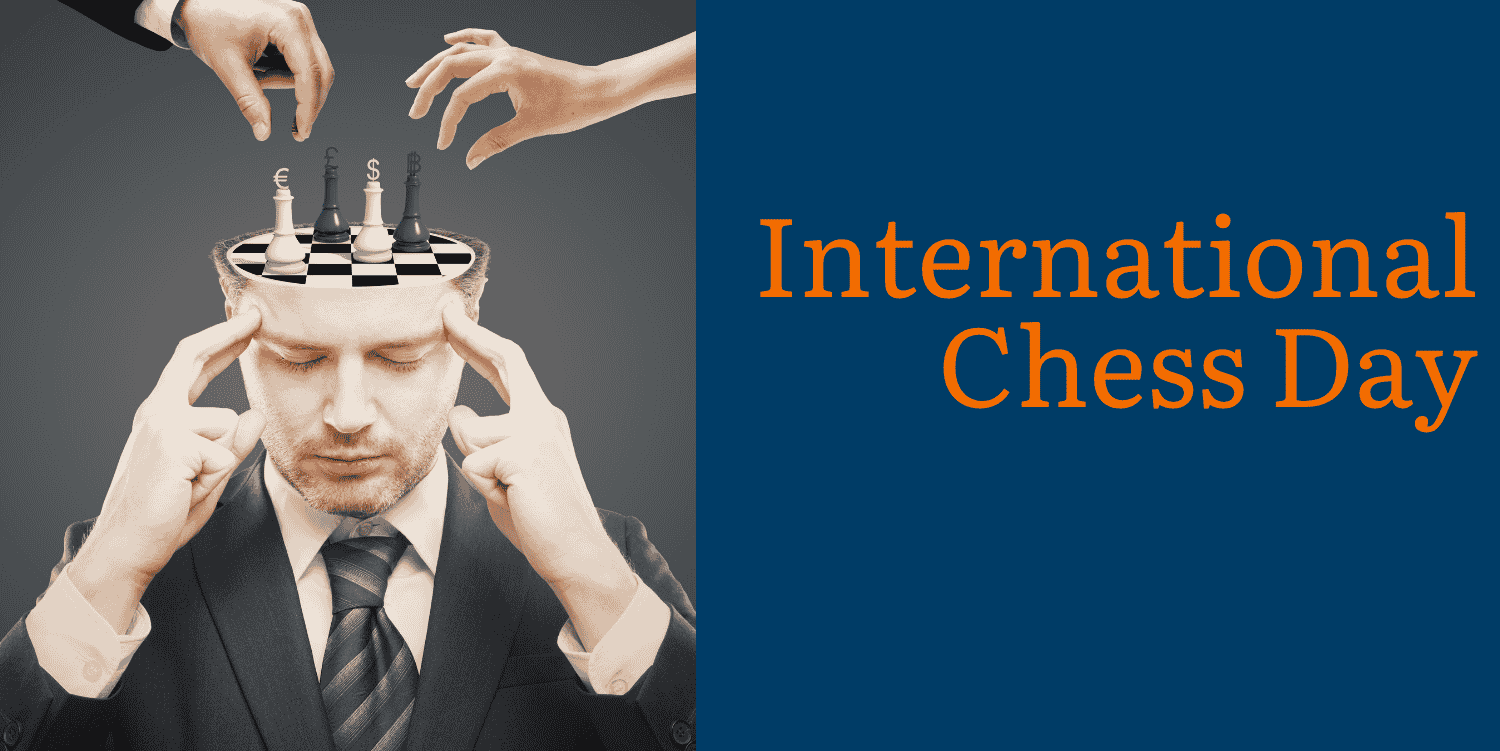Historical Background of Chess: From Chaturanga to Global Legacy

International Chess Day is celebrated every year on July 20 to honor one of the world’s oldest and most strategic games — chess. The date marks the founding of the Fédération Internationale des Échecs (FIDE) in 1924, the international governing body of chess.
In 1966, FIDE proposed the idea of dedicating July 20 to chess, and in 2019, the United Nations officially recognized it, encouraging worldwide celebrations of the game that transcends age, geography, and language.
Why Chess Deserves a Global Celebration
Chess isn’t just a board game; it’s a universal language of strategy and intellect. Here’s why it deserves its own day:
- Improves cognitive skills: Enhances memory, focus, and problem-solving.
- Fosters discipline: Encourages patience and critical thinking.
- Builds community: Unites players from different cultures and generations.
As a chess coach and educator, I’ve personally witnessed children transforming their focus and confidence just by learning to play chess.
Chess, often called the “Game of Kings,” has a rich and fascinating history spanning more than 1,500 years. Its evolution mirrors the cultural, military, and intellectual developments of various civilizations. Here’s a journey through the origins and transformation of chess.
Also Read: 5 Ways Chess improves Cognitive development and Problem-Solving Skills
Origin in Ancient India (c. 6th Century AD)
Chess is widely believed to have originated in northern India during the Gupta Empire, around the 6th century, in the form of a game called Chaturanga.
Chaturanga, a Sanskrit word, means “four divisions of the military”—infantry, cavalry, elephants, and chariots—represented today as the pawn, knight, bishop, and rook. It was played on an 8×8 board and was designed to simulate battlefield strategy. The game emphasized planning, foresight, and tactical skill—qualities still central to modern chess.
Spread to Persia and the Islamic World
As Indian trade and culture spread, Chaturanga reached Persia, where it evolved into Shatranj.
- The Persians refined the rules of the game.
- Concepts like “check” (shāh) and “checkmate” (shāh māt, meaning “the king is helpless”) were introduced.
- Shatranj gained popularity among Persian nobility and scholars.
Following the Islamic conquest of Persia in the 7th century, chess was adopted across the Islamic world, from the Middle East to North Africa. Muslim scholars wrote treatises on chess, studied endgames, and debated its moral and intellectual value.
Introduction to Europe (8th–11th Century)
Chess entered Europe through two main routes:
- Spain, via the Moors
- Italy, through interaction with Arab traders and scholars
In medieval Europe, the game underwent significant changes:
- The original pieces were renamed to reflect European society (e.g., bishops and queens).
- By the 15th century, the queen became the most powerful piece, possibly inspired by powerful monarchs such as Isabella I of Spain.
- Rules such as pawn promotion, castling, and en passant emerged during this period.
Also Read: 10 rules of chess
Birth of Modern Chess (15th–19th Century)
The game we know today began to take shape during the Renaissance:
- Chess theory began to develop, with the publication of opening strategies and endgame analysis.
- In 1851, the first international chess tournament was held in London, won by Adolf Anderssen.
- In 1886, Wilhelm Steinitz was recognized as the first official World Chess Champion.
This era saw the emergence of legendary players like Paul Morphy, José Raúl Capablanca, and Emanuel Lasker, who laid the foundations of modern positional play.
Also Read: Greatest Chess Players of All Time
Chess in the 20th Century: The Rise of Global Competition
- The Soviet Union used chess as a symbol of national pride, leading to decades of Soviet dominance in world championships.
- The 1972 World Championship match between Bobby Fischer (USA) and Boris Spassky (USSR) became a cultural and political milestone during the Cold War.
- In 1997, IBM’s Deep Blue defeated reigning world champion Garry Kasparov, marking the beginning of artificial intelligence’s role in chess.
Also Read: 1972 Bobby Fischer vs Boris Spassky
Chess in the 21st Century: Digital Expansion and Mainstream Appeal
Today, chess has become more global, inclusive, and accessible:
- Online platforms such as Chess.com, Lichess, and Chess24 host millions of daily players.
- Chess education is available online, with AI-powered engines, video lessons, and mobile apps.
- The popularity of the Netflix series “The Queen’s Gambit” in 2020 led to a worldwide surge in interest, especially among younger players and women.
Chess is no longer limited to elite circles—it’s now played in schools, homes, and digital platforms around the world.
Also Read: Top 5 Platforms to Learn Chess Online
The Rise of Digital Chess in the 21st Century
With platforms like Lichess, Chess.com, and ChessKid, digital chess has made the game more accessible than ever.
Online chess platforms now offer:
- AI-powered analysis
- Global multiplayer matches
- Personalized lessons
- Gamified learning for children
The pandemic accelerated the growth of virtual chess clubs and remote coaching, bringing a new wave of chess enthusiasts online.
Also Read: Youngest Grandmasters in Chess History
A Timeless Legacy
From its ancient roots in India to its digital renaissance in the 21st century, chess has continuously evolved while retaining its intellectual depth. It has served as a cultural bridge, a tool for education, and a symbol of strategic mastery across generations and continents.
As we honor International Chess Day each year, we celebrate not only a game but a shared global heritage that continues to challenge minds and inspire growth.



